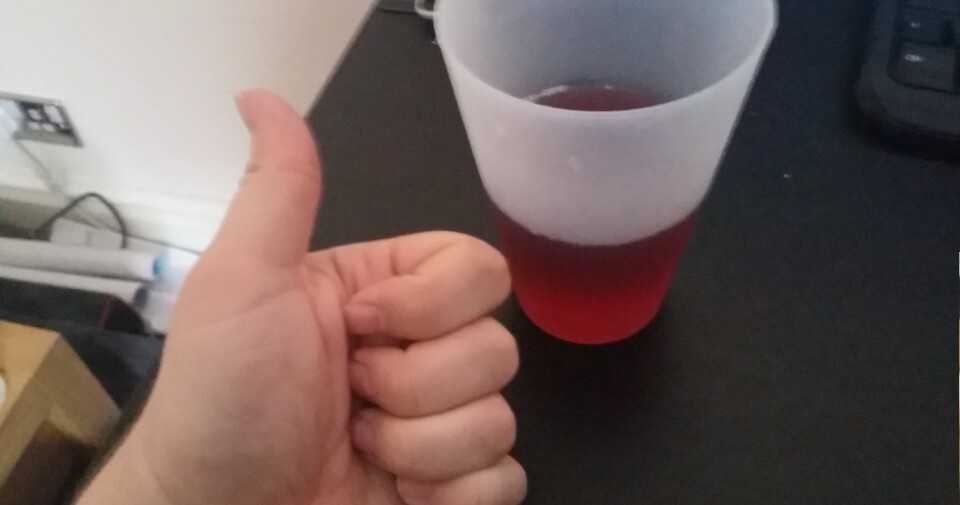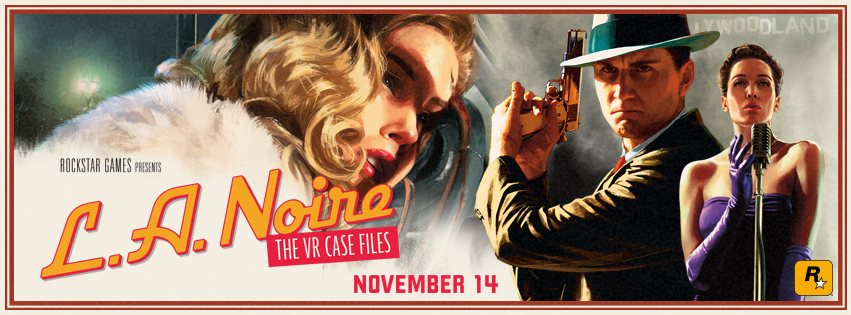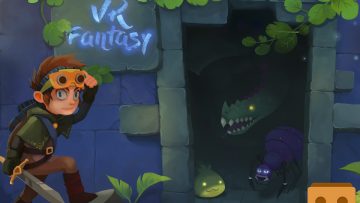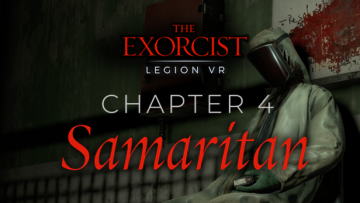
VR vs. Half Measures
If I was smart I’d talk about Star Wars today, for obvious reasons, but I’m not and there’s a matter that’s been on my mind for a little while recently and something that is probably overdue being vocalised in general. It’s about video games, video game development and virtual reality (VR). That, and why I’m increasingly convinced something needs to change – and fast.
Let’s go back to one of the most recent game announcements and the thing that kicked this off in my mind: L.A. Noire. You didn’t need to try hard to hear the rumblings of that before the announcement arrived, and as someone who never got to play the original but who had been impressed by the efforts put into storytelling, I was excited at the possibility of a title that you could easily say was underappreciated in its time getting a second chance. Not only that, but Rockstar had seen the potential there and was even going to make the step into VR with L.A. Noire. If Rockstar was ever going to go VR I’d thought L.A. Noire with its storytelling and game mechanics were a natural fit, so I was pretty pleased.
When I got to read about it however I was left rather disappointed. We were not getting L.A. Noire in VR. We were getting L.A. Noire: The VR Case Files, seven cases recreated from the original. Not even the minor chuckle of seeing a couple of outlets refer to the game continuously as ‘LA NOIRE’, like they were just randomly bellowing French at various points in their stories, could stop me from sighing a bit internally at that.

When we, and by ‘we’ I mean the industry at large (including those who report on it) discuss VR, we invariably get drawn into the benefits of ‘the experience’. What you can feel, how immersed you are in the world, how the fictitious world can become real. Fair enough, it is the unique selling point (USP) and ultimate end-goal of immersive technologies – to take you away from the real world and make that real. Yet, again we’re left with the perception of VR being some optional extra; bonus content you put in to look flashy. VR is not the experience at the moment for many, it’s not the selling point, it’s just a selling point.
We constantly say that content is key. You know it. I know it. They know at HTC. They know at Oculus and at Sony Interactive Entertainment (SIE). They know it on tech portals and our fellows over at other VR/AR websites – hello to those there who surprisingly read this week after week – know it too. On Reddit or Neogaf (or wherever)? You know it. Hell, those who aren’t even into VR know it
We’re now well into VR’s first generation but we’re still not getting the full deal. How many titles from the big boys have had VR shoehorned in at this point? How many titles are ‘added VR missions’? I don’t mind so much for smaller devs doing this, but come on. We can do better at this point. Studios are making money, VR in games is grabbing headlines. People absolutely raved about the VR is Resident Evil VII biohazard, so much so it might well have changed the direction the series takes from here on in. So why doesn’t anyone actually go for it full bore instead of these tentative steps? An end is likely to be signalled for the first commercial generation within the next six months, heck it could happen as early as tomorrow thanks to Oculus Connect 4. With the next consumer versions, the CV2s of this world, set to take the torch and guide us all into the future.
Yet currently, when we get content and we talk about the immersive experience as a whole, even after all this time, we’re not always getting said whole. Where’s my full experience? Why aren’t we, at this point, onto the truly big VR productions? VR isn’t going away from gaming, no matter how much some wish it so. So… COME ON. Enough delays and lollygagging. Believe me people in the comments section, we’re as tired of wave shooters as you are. I want to get stuck into a big immersive world – so where’s my Immersive Role Playing Game? My IRPG? (I came up with that term the other day and the Editor insisted I use it at some point because he loved it so much. So feel free to start using it judiciously.) Where’s my killer app? Heck, I’d settle for a ‘lesser charge of manslaughter app’ at this point to show some progress.
We’re getting parts. We’re getting measures of VR. Measures of support. Measures of interest. The results for which can vary wildly as a result. Bethesda’s trinity is a great example of this. The best experience looks set to be Doom VFR, which just so happens to be the one made for VR and not being converted in some way. The worst looks to be Skyrim, a title which has been repackaged so many times at this point it’s in danger of choking itself to death with bits of brown tape and bubble wrap.
VR might, sadly, just be a step too far for that, judging by some previews.
The scope of development needs to step up a gear, and do so sharpish. While in the meantime developers also need to be far more aware of the presentation and perception they are projecting. Because that’s also part of the problem. Whilst it’s good we’re getting VR, these ‘bits’ do not help the perception that VR is nothing but an expensive add-on, or that the games are not whole experiences, If that’s the case, why not improve the perception of things in the short term by altering the presentation,
Think of it this way: Say we go to a bar and, because I am a very nice sort of chap, I say that I’ll buy you a drink. For the purposes of this example, let’s use a standard pint glass – we’re a British based publication after all – which this is as close an approximation to as I can get at the moment.

Firstly, let’s get the most important point out of the way. I just bought you a drink and yes this does indeed mean that by reading this whenever you see me next, you now owe me a refreshing beverage. Fair’s fair. (Wait, this also it means I get to claim expenses for several hundred drinks? Cha-ching!)
Now some of you may be thinking this glass is half empty. Some of you may be thinking the glass is half full. To those people: what? Don’t be silly, that not the point. The point is I’ve only presented you with half a drink. Oi! What the heck, Kevin!?
Except I never said I would buy you a pint. I said I would buy you a drink.
Unfortunately, the way the drink has been presented leaves you immediately disappointed and underwhelmed. Where’s the rest of it? Why the half measures? Now if the bar staff had chosen a different glass for the drink, you wouldn’t have said anything – because you wouldn’t have known any better. You’d have consumed what which you were given and would judge it as a whole – and not as a half. Yet the volume of content would ultimately be the same. It’s just your perception of it. Had we been in a bar and I gave you a drink in that fashion, you’d end the evening with a negative opinion of the bar and of me. The same then is true for VR.
So there we go. Perceptions, presentation and volume. All of these need to improve. It’s the only way things can move forward, because they’ve been standing still too long.
And standing still gets you nowhere.
This article was originally written by the author for VRFocus,


![[ID: pfRmaX5LlHI] Youtube Automatic](https://lastminutecontinue.com/wp-content/uploads/id-pfrmax5llhi-youtube-automatic-60x60.jpg)



